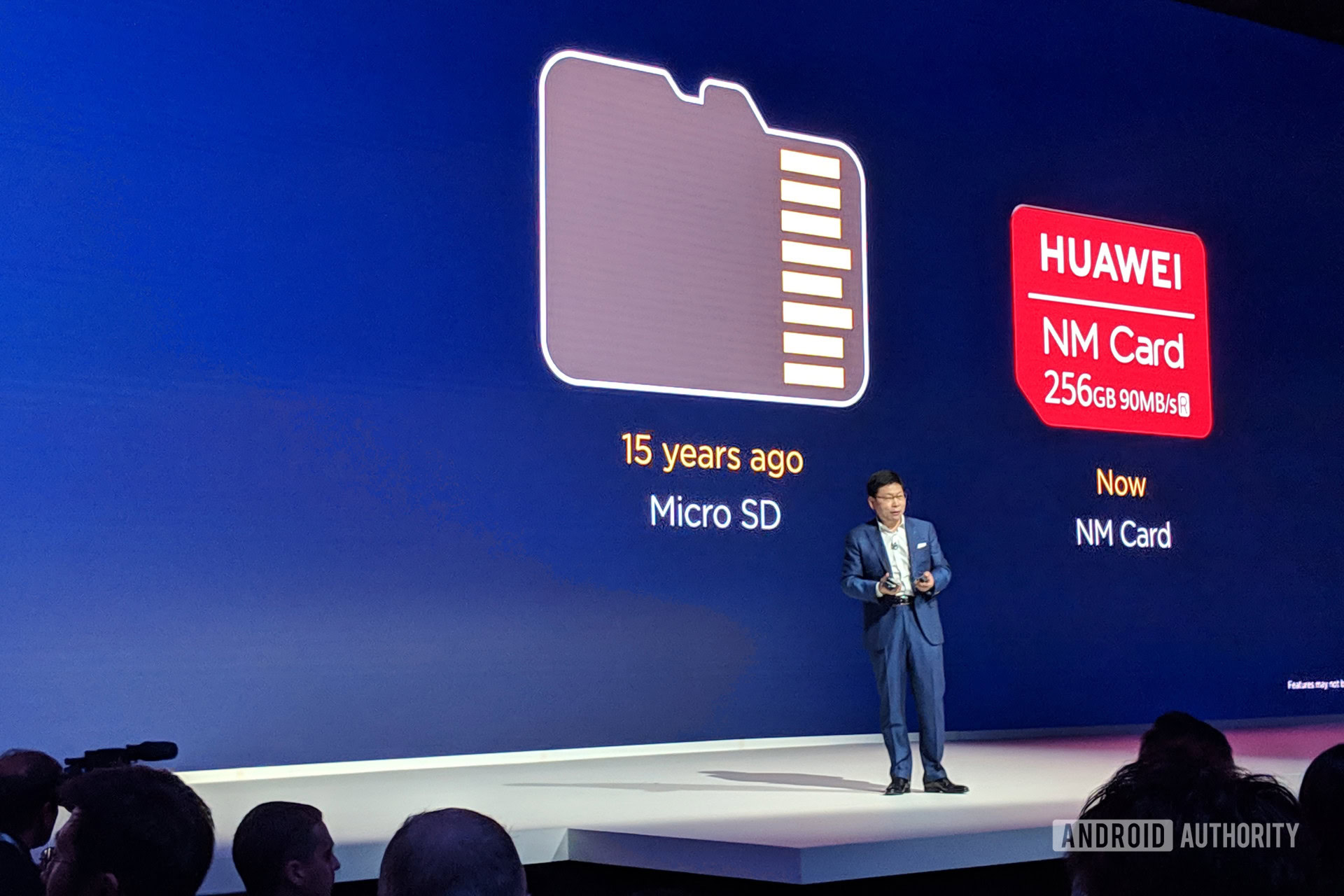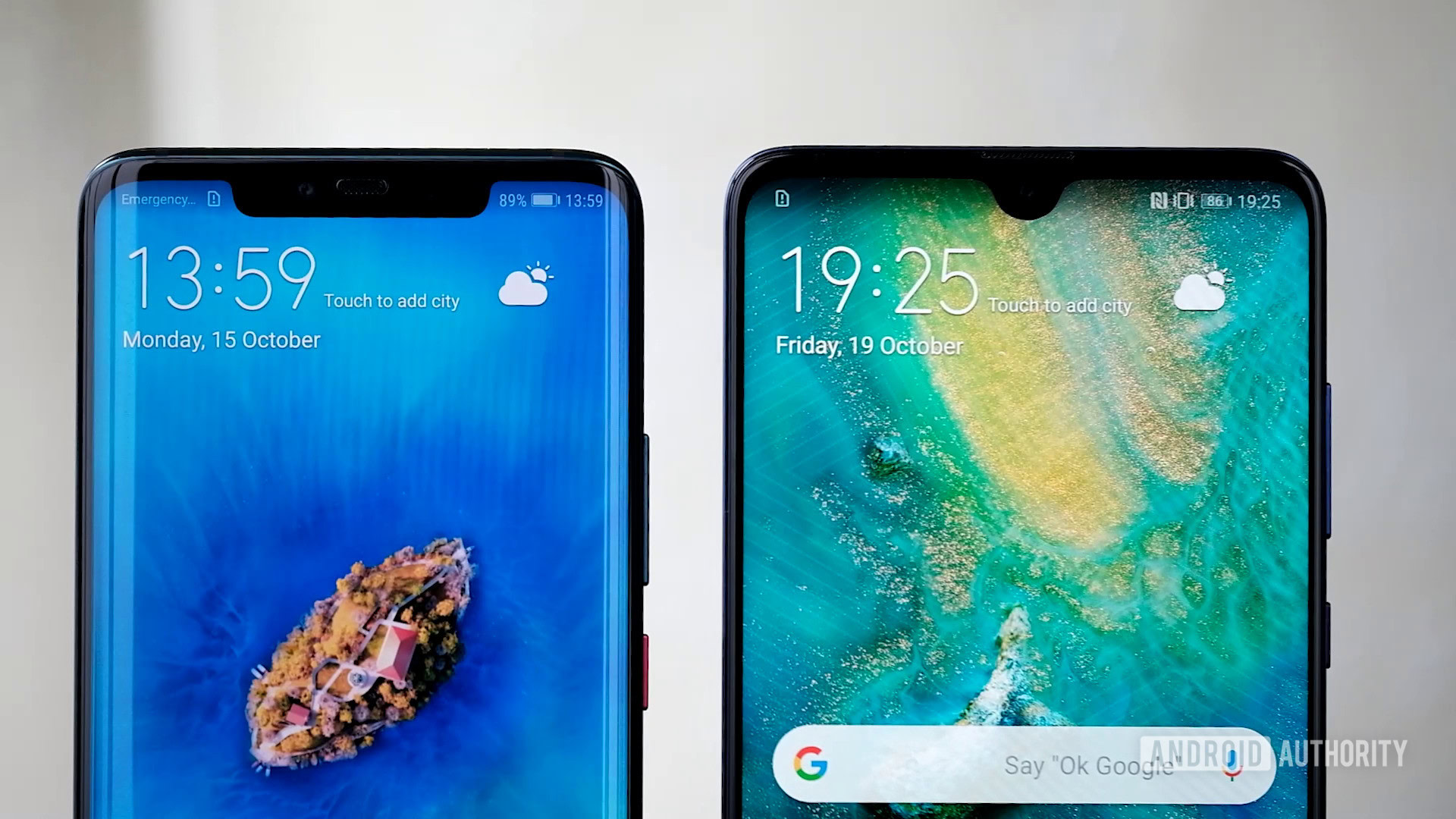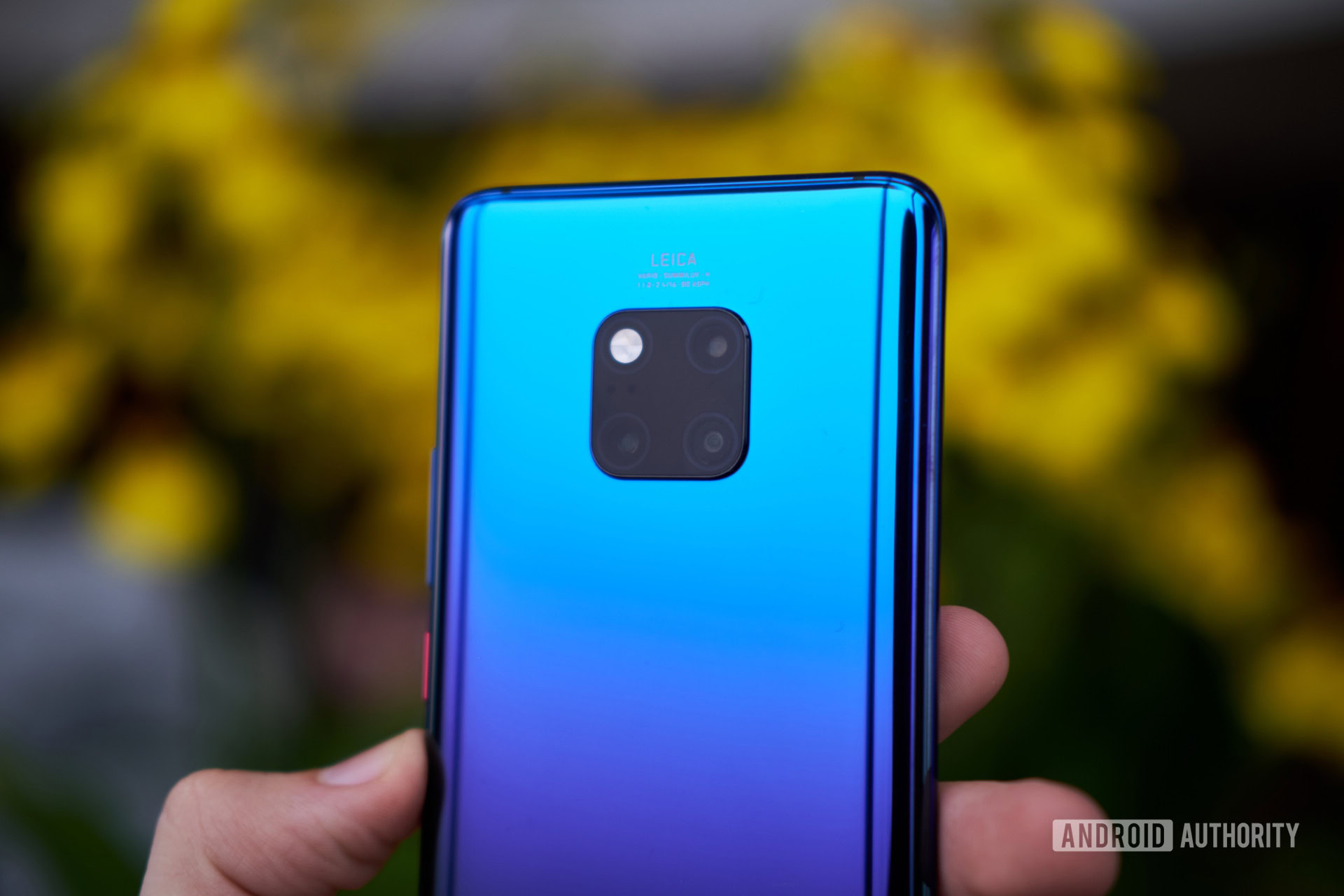Affiliate links on Android Authority may earn us a commission. Learn more.
HUAWEI wants to make Nano Memory an industry standard
October 17, 2018

- Huawei’s Richard Yu says he wants Nano Memory to become a new industry standard.
- The new tech, introduced yesterday with HUAWEI’s Mate 20 smartphone series, offers expandable storage in smaller-than-microSD card format.
- HUAWEI is already in talks with other manufacturers about the prospect.
Huawei’s new memory card standard will be made available to other companies, HUAWEI’s consumer business group CEO revealed to Android Authority. Speaking in London on the sidelines of the Mate 20 series launch event, Richard Yu said HUAWEI hopes to make Nano Memory a new industry standard.
HUAWEI holds patents on Nano Memory, which is smaller than microSD while offering similar storage capacities. The card is the same size as a nano-SIM card, so it can be inserted in one of the slots of the Mate 20 Pro’s hybrid SIM tray – itself a HUAWEI-patented design.

According to Yu, only HUAWEI currently makes Nano Memory cards, but he believes others will produce them in the future.
“All the microSD manufacturers can do that,” Yu said, adding that HUAWEI doesn’t currently have a licensing fee in place for the tech. However, Yu didn’t completely close the door on charging for a license down the line.

Asked whether HUAWEI is already in talks with other manufacturers to spur the adoption of Nano Memory, Yu said yes, but stopped short of offering details.
Huawei’s first Nano Memory cards will feature transfer speeds of up to 90MB/s and capacities of 128 and 256 GB. Meanwhile, HUAWEI will also provide adapters to allow Nano Memory cards to be used on devices that are compatible with microSD or SD, which should help increase the adoption rate.
It shouldn’t be too hard for HUAWEI to get memory card makers to release Nano Memory products. However, getting competing OEMs onboard might pose a much bigger challenge. Nobody wants to depend on technology controlled by competitors, even for something as small as a memory card.
Thank you for being part of our community. Read our Comment Policy before posting.